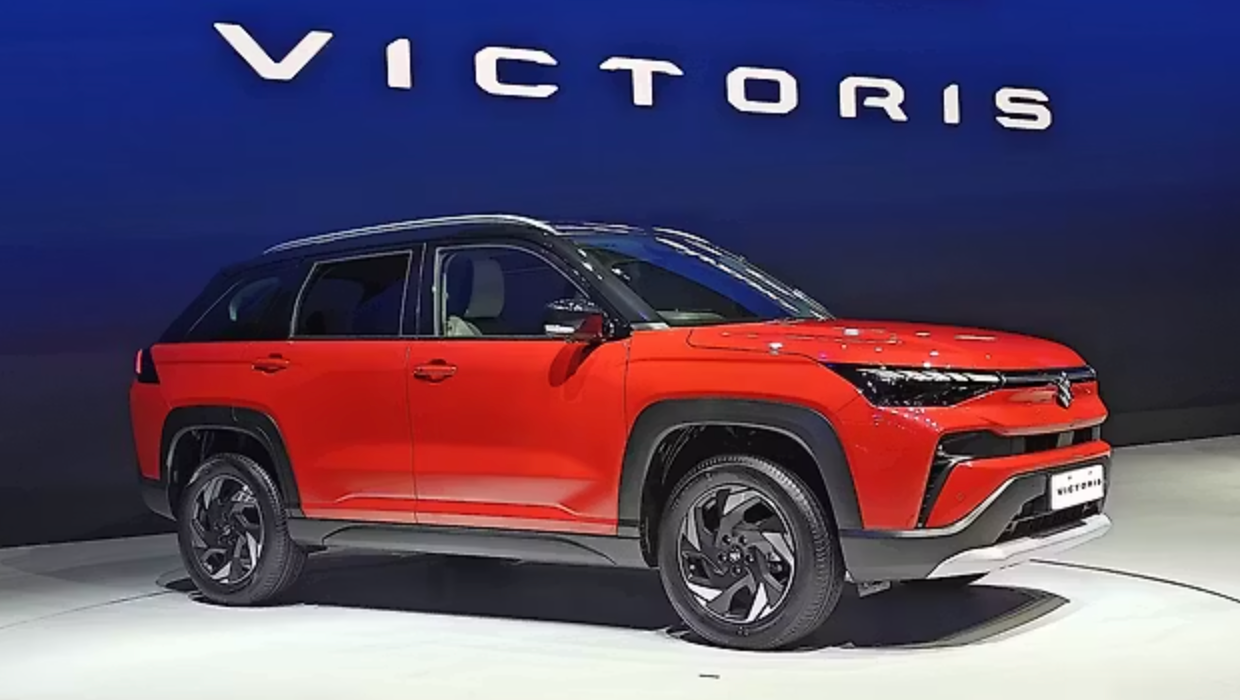The Tata Punch EV, launched in January 2024, marked a significant milestone for Tata Motors, being their first electric vehicle built on the new Act. EV architecture. Offered in two battery pack options – 25 kWh and 35 kWh – the Punch EV promises a range of 315 km and 421 km respectively. But how does this translate to real-world situations, particularly when it comes to charging? We put the long-range variant (35 kWh) to the test to see how long it takes to recharge a depleted battery.

Demystifying Charging Speeds: Understanding the Numbers
The long-range Tata Punch EV boasts support for up to 50 kW DC fast charging. However, during our test, we utilized a 120 kW charging station. It’s crucial to remember that the car will only charge at the speed it’s designed for, regardless of the station’s maximum output. So, what did the test reveal? Let’s delve into the data.
State of Charge vs. Charging Rate and Time Taken
We plugged in the Punch EV with a 0% state of charge (SOC) reading on the instrument cluster. Initially, the charging rate started at 18 kW, rising to 25 kW after reaching 5%. This 25 kW rate remained consistent until the battery reached 95% SOC. At this point, we decided to disconnect the charger.
Key Takeaways from the Charging Test:
- It took the Punch EV a total of 78 minutes to charge from 1% to 95% SOC, translating to a little over an hour.
- Beyond 95% SOC, the charging rate dropped back to 18 kW, suggesting a further 15-20 minutes would be needed to reach a full 100% charge.
- Taking these factors into account, a realistic charging time for 0% to 100% is likely to exceed 1.5 hours.
Comparing Claims to Reality: The 10-80% Benchmark
Tata Motors advertises a 56-minute DC fast charging time (10% to 80%) for the long-range Punch EV. Our test results mirrored this claim, with the battery reaching 80% from 10% in approximately the same timeframe.
Why Does Charging Speed Slow Down at Higher SOC Levels?
Most EVs, including the Punch EV, experience a reduction in charging speed as the battery reaches higher states of charge (around 80% or 90%). This phenomenon is primarily due to battery heat generation. To safeguard battery health and prevent overheating, the car’s charging system automatically reduces the charging rate.
Optimal Charging Practices for a Healthy Battery
Understanding this concept is crucial for maximizing battery life and performance in your Tata Punch EV. Here are some key takeaways:
- Maintain the battery SOC within the recommended range of 10% to 90%. Avoid letting the battery drain completely to 0% or consistently charging it to 100%.
- Similar to smartphones, some EVs, including the Punch EV (potentially through software updates), might offer a feature to set a charging limit. This allows you to determine the maximum SOC you desire the car to reach when plugged in overnight.
FAQs:
Q: How does the charging time for the Punch EV Long Range compare to other electric vehicles in its segment?
A: Charging times can vary depending on the battery size, charging infrastructure used, and weather conditions. However, the Punch EV’s charging time falls within the typical range for compact electric SUVs with similar battery capacities.
Q: Can I charge the Punch EV at home?
A: Yes, the Punch EV likely supports slow charging using a compatible home charging station (typically a 7.2 kW AC charger). While slower than DC fast charging, home charging is a convenient option for overnight charging.
Q: Are there any special considerations when charging the Punch EV at home?
A: It’s advisable to consult your user manual for specific recommendations on home charging. Generally, ensure a proper electrical connection and avoid exceeding the recommended amperage for your home circuit. Additionally, consider the charging time required to reach your desired SOC level and plan accordingly.
Q: Does the Tata Punch EV app offer any features related to charging?
A: The availability of specific features might vary depending on the variant and software version. However, many modern EVs, including the Punch EV (potentially), offer features like remote monitoring of charging status, scheduling charging sessions (particularly beneficial for taking advantage of off-peak electricity rates), and receiving notifications when charging is complete.




